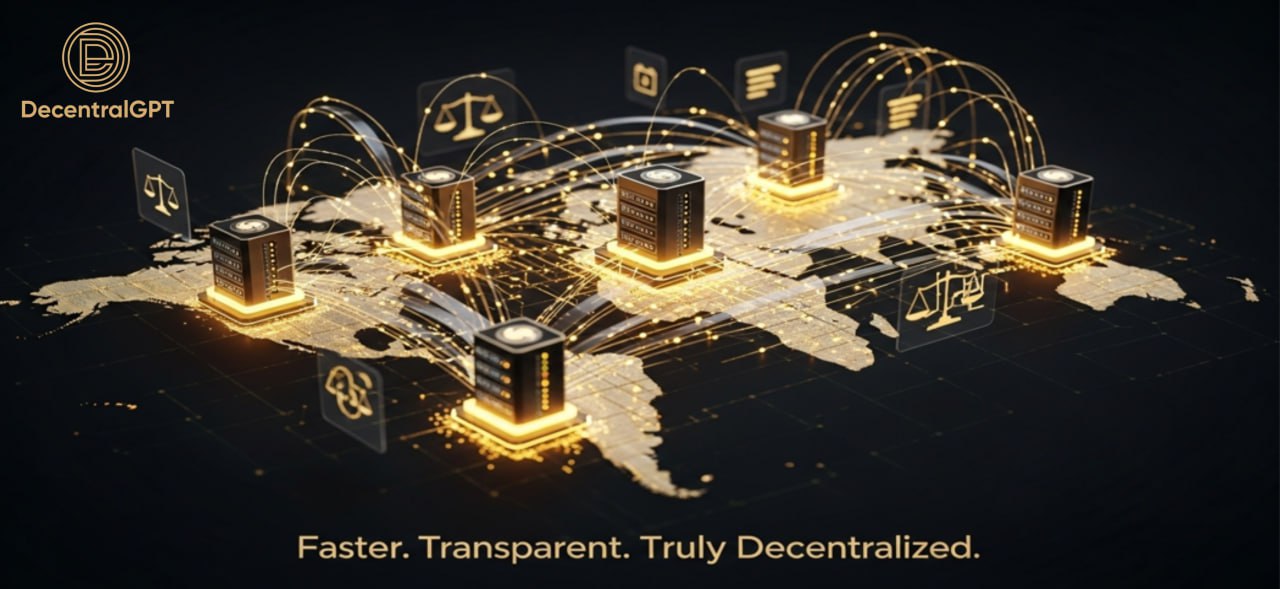Bias Metrics, Real-World Latency: OpenAI’s New Political-Bias Framework—and Why DecentralGPT Builds Transparent, Regional LLM Inference

Abstract world map with glowing decentralized GPU nodes representing transparent AI inference on DecentralGPT
What’s new today
OpenAI published a framework and new metrics to measure and reduce political bias in AI models, noting that while bias is rare, emotionally charged prompts can still trigger unintended responses. The update describes detection, evaluation, and mitigation steps for model behavior at inference time. storyboard18.com
Zooming out, vendors keep pushing the infrastructure side of inference as well—from NVIDIA’s recent Blackwell benchmarks to multi-node scheduling guides—because the user experience ultimately hinges on latency, placement, and cost at serving time. NVIDIA Blog+2sdxcentral.com+2
Why this matters (plain English)
Enterprises don’t just want “smart” models; they want predictable behavior and fast responses. That means two things in production:
1. Transparent, auditable inference so teams can explain what ran and why.
2. Regional, policy-aware routing so results feel instant and comply with local rules.
Where DecentralGPT fits
DecentralGPT runs a decentralized LLM inference network over a distributed GPU backbone. Instead of sending every request to a single vendor in a single region, we route each call to nearby, compliant nodes—and attach the metadata you need for review.
• Provenance & auditability
Requests carry machine-readable context/metadata (e.g., model, version, region, policy flags). That helps teams document behavior and review edge cases flagged by bias tests.
• Regional, policy-aware routing (USA / Singapore / Korea)
Place workloads close to users to cut round-trip time and keep data where it should be. This makes applied governance practical, not just theoretical.
• Vendor-agnostic capacity
Mix models (Claude, Qwen, DeepSeek, GPT family, etc.) and providers without single-vendor lock-in—useful as benchmarks and mitigations evolve.
• Two ways to use it
DeGPT (B2C): quick chat for individuals and teams.
API (B2B): a straightforward endpoint with region selection, streaming, and logging.
Putting it into practice
• Run bias evaluations where you serve: combine OpenAI-style bias tests with DecentralGPT’s region logs to see whether outcomes vary by geography or data policy. storyboard18.com
• Instrument long-running agents: as infrastructure speeds improve (Blackwell, multi-node schedulers), keep per-call metadata so you can explain sequences of actions, not just single answers. NVIDIA Blog+1
• Model portfolios, not monocultures: route sensitive prompts to models that pass your internal bias checks while keeping others for speed or cost—no code rewrite required.
The takeaway
Today’s headline is about measuring bias; yesterday’s headlines were about faster GPUs. Real products need both. DecentralGPT turns policy into configuration—transparent, auditable inference—and keeps experiences snappy with regional routing on a decentralized GPU network. That’s how you deliver trustworthy AI at scale. storyboard18.com+2NVIDIA Blog+2
Run your AI where your users are—and with the logs your reviewers need.
Try DeGPT: https://www.degpt.ai/
Get an API key and choose your region: https://www.decentralgpt.org/